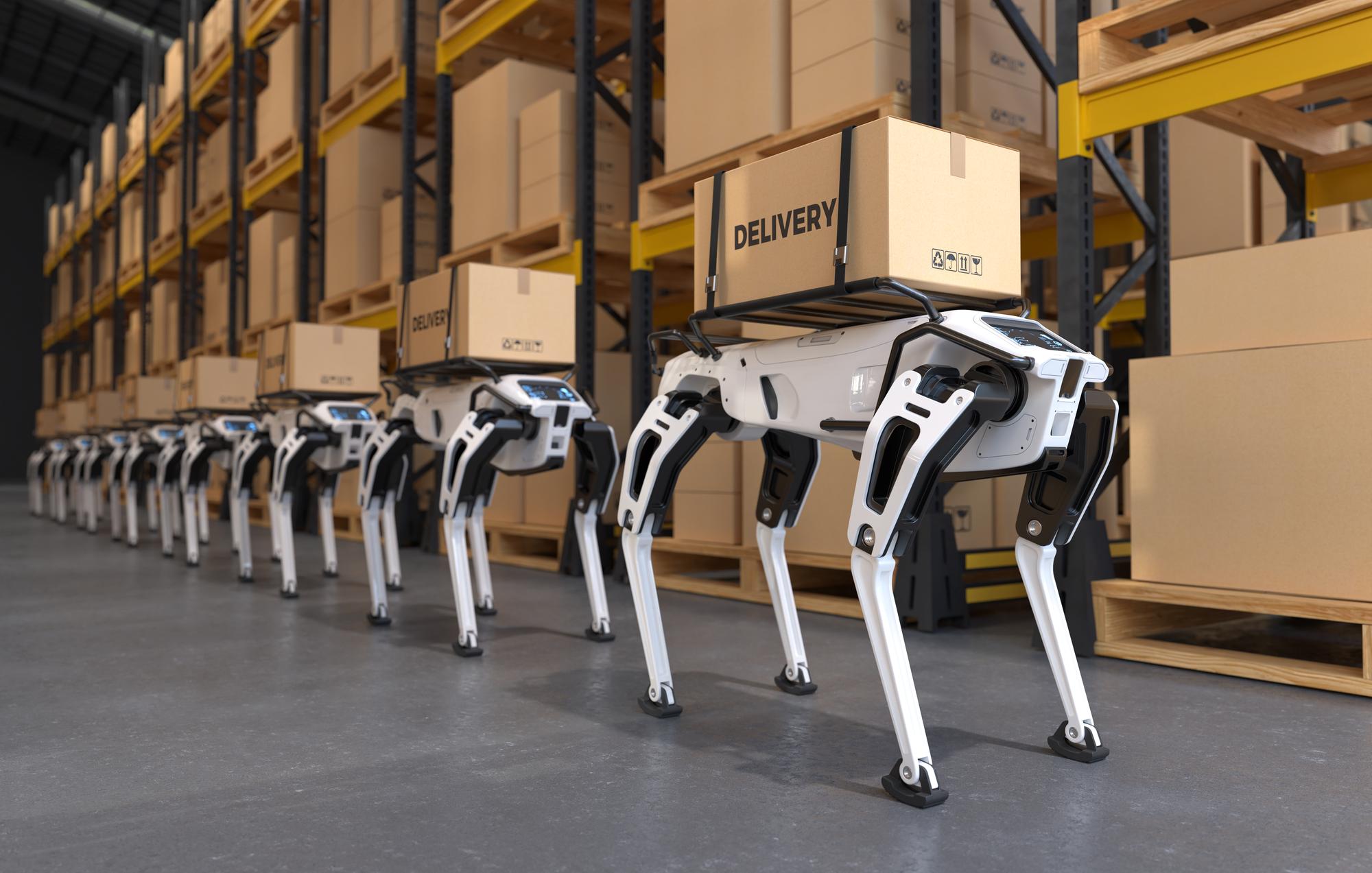The fusion of robotics and mechanical design is reshaping the way machines, products, and systems are conceived, prototyped, and built. As robotics becomes more advanced and accessible, it’s not only enhancing the capabilities of mechanical systems—it’s fundamentally transforming the design process itself.
From Static to Adaptive Design
Traditional mechanical design often involved creating static systems: gears, levers, and fixed parts built for specific functions. Robotics introduces a dynamic layer—intelligence, movement, and adaptability. Today’s mechanical systems don’t just perform—they sense, analyze, and respond to their environment.
This evolution pushes engineers to think beyond form and function, and instead design with motion, behavior, and autonomy in mind.
Smarter Tools, Smarter Designs
Modern robotics brings along a suite of intelligent tools that accelerate and improve mechanical design:
- AI-driven simulations: Robotics platforms now integrate AI to simulate real-world stresses, fatigue, and motion with high accuracy, allowing engineers to test designs in virtual environments before building anything.
- Generative design: With the help of robotic algorithms, designers can input goals and constraints, and let the system generate optimized structures—often lighter, stronger, and more efficient than human-designed counterparts.
- Digital twins: Robotics combined with IoT enables real-time digital replicas of mechanical systems, allowing designers to monitor performance and continuously refine their designs based on real-world data.
Automation in Prototyping and Manufacturing
Robotics is revolutionizing rapid prototyping. Robotic arms can 3D-print, assemble, and test mechanical parts faster than traditional methods, dramatically reducing development cycles.
In manufacturing, robotic precision ensures tighter tolerances, fewer defects, and greater scalability. Designers can now create complex geometries that were previously impossible or too costly to fabricate using traditional methods.
Human-Robot Collaboration
With the rise of collaborative robots (cobots), mechanical design is becoming more user-focused. Designers must now consider how humans and robots interact—safely and efficiently—in shared workspaces. This introduces new design challenges and opportunities around ergonomics, sensors, and motion planning.
A New Era of Innovation
From autonomous vehicles to surgical robots, mechanical design is no longer just about mechanics—it’s about creating intelligent systems. The integration of robotics means today’s mechanical engineers need to be fluent in software, electronics, and systems thinking, not just CAD models and load calculations.
Final Thoughts
Robotics is not just enhancing mechanical design—it’s redefining it. As robots become collaborators in the design process and intelligent components of mechanical systems, the future of design will be more autonomous, adaptive, and human-centric.


